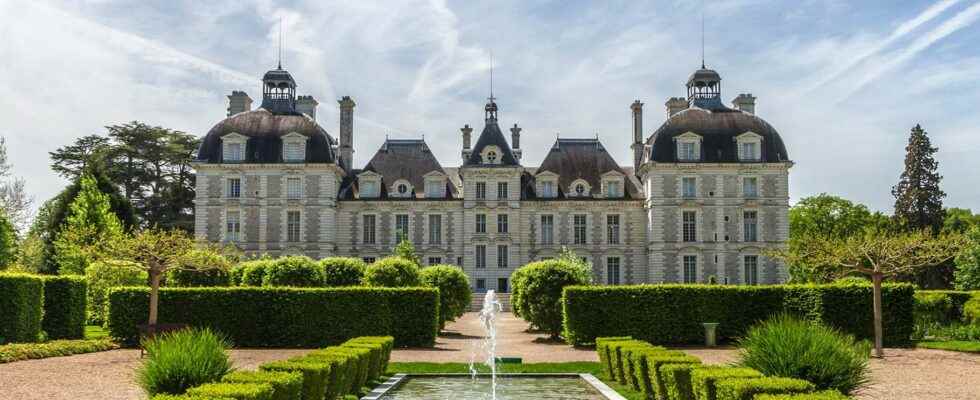The castles of the Loire stretch over 280 km, from Sully-sur-Loire (near Orléans) to Chalonnes-sur-Loire (near Angers), in a region inhabited since the dawn of time: the Loire Valley today classified as a world heritage site by Unesco. A Loire Valley whose borders are adjusted according to the old provinces (Anjou, Touraine, Orléanais, Maine, Berry), until biting on the Pays de la Loire. Thus, on this portion of the most long river from France, there would be nearly 300 castles to punctuate its banks: around ten royal castles, around twenty noble castles of primary historical or architectural importance; and all other noble castles.
It was in the Loire Valley that royal power was held from the 15the in the 16the century. Crowned heads liked it, from Charles VI, Charles VII, Louis XI, Charles VIII, Louis XII, François 1erHenry II, to illustrious women, Anne of Brittany, Catherine de Medici, Diane de Poitiers. During The hundred years warthe Loire was the natural defensive line between the kingdoms of France and England (globally all of western France, from north to south) and the scene of rivalries between the dynasties of Plantagenet and Valois.
For the most part, these castles were built in Middle Ages, on ancient fortresses or strongholds, in a dominant position on a rocky outcrop. Strongly reworked over the course of historical events, they combine several styles and their current pace almost froze on the return from the Italian campaign led by King François 1er. A king, patron, eager to bring together a court of artists and learned intellectuals. The Renaissance, which settled in Italy for a century, will give impetus here in the Loire Valley, a new aesthetic in unison with great discoveries. The Renaissance style will initiate the classical style, à la ” Francois Mansard “.
The Loire’s castles are history books to be read through their architecture, they sign the end of the medieval era and begin the modern era. Mores softened, the enclosed gardens of the Middle Ages opened wide, adorned with aviaries,orangeries and follies, the court is feminized. And Francois 1er will have this beautiful sentence: A court without a woman is a garden without flowers “.
